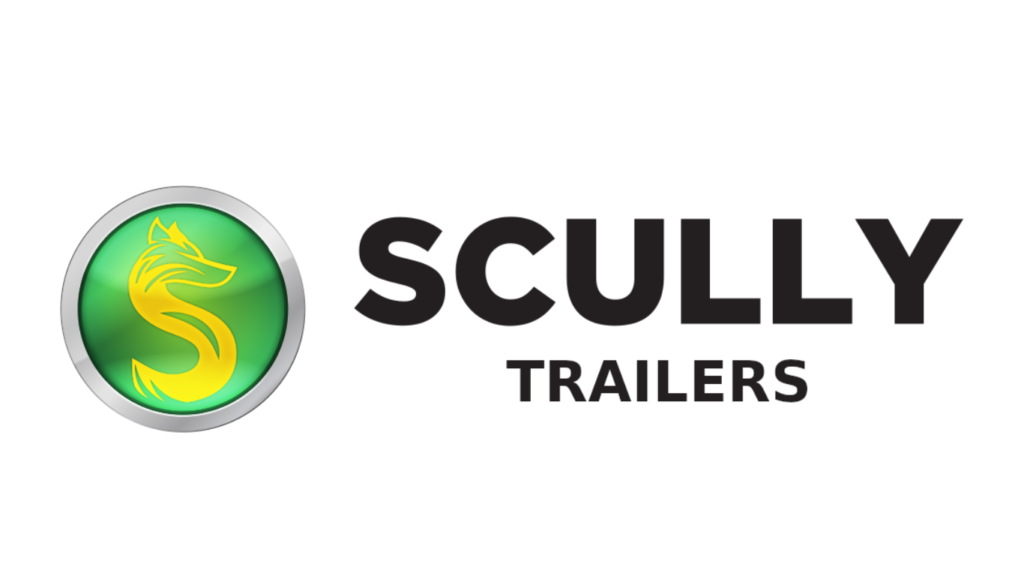Cattle trailers are vital equipment for farmers, ranchers, and livestock transporters, designed specifically to ensure the safe and efficient movement of cattle from one location to another. Whether you’re heading to a market, a livestock show, or simply moving animals between pastures, understanding the key aspects of cattle trailers is essential.
What Are Cattle Trailers?
Cattle trailers, also known as livestock trailers, are specialized vehicles built to transport cattle securely. They come in various sizes, styles, and materials to cater to the diverse needs of the livestock industry. A well-designed cattle trailer ensures animal safety, reduces stress, and minimizes injury during transit.
Key Features of Cattle Trailers
- Durability and Strength
Cattle trailers are typically constructed from sturdy materials like steel or aluminum to withstand the weight and movement of livestock. - Ventilation
Proper ventilation systems are crucial to ensure fresh air circulation, preventing overheating and maintaining animal health during long journeys. - Anti-Slip Flooring
Non-slip flooring helps cattle maintain their footing, reducing the risk of falls and injuries. - Partitions and Dividers
Adjustable partitions allow for the segregation of cattle based on size or type, ensuring their safety and comfort. - Loading Ramps
Many trailers feature foldable ramps for easy loading and unloading of cattle.
Types of Cattle Trailers
- Bumper Pull Trailers
Smaller and easier to tow, these trailers are ideal for transporting a few cattle over short distances. - Gooseneck Trailers
Designed for heavier loads, gooseneck trailers provide better stability and are commonly used for long-distance transport. - Semi-Trailers
These large trailers can carry significant numbers of cattle, making them ideal for commercial livestock transport.
Benefits of Using Cattle Trailers
- Efficiency: Cattle trailers streamline transportation, saving time and effort.
- Animal Welfare: Features like ventilation, anti-slip flooring, and partitions reduce stress and ensure the safety of livestock.
- Legal Compliance: Many trailers are designed to meet local regulations for livestock transport, ensuring hassle-free operations.
Tips for Choosing the Right Cattle Trailer
- Assess Your Needs: Consider the number of cattle you need to transport and the distances involved.
- Material Matters: Aluminum trailers are lightweight and resistant to rust, while steel trailers are more durable but prone to corrosion.
- Check for Safety Features: Ensure the trailer has adequate ventilation, secure latches, and sturdy flooring.
- Maintenance Requirements: Opt for a trailer that’s easy to clean and maintain to ensure its longevity.
Caring for Your Cattle Trailer
- Regularly inspect for wear and tear, including rust, loose bolts, and damaged flooring.
- Clean the trailer thoroughly after each use to prevent the buildup of dirt and bacteria.
- Lubricate moving parts like hinges and latches to ensure smooth operation.
Conclusion
Cattle trailers are indispensable tools for livestock management, offering a safe and efficient way to transport animals. By choosing the right trailer and maintaining it properly, you can ensure the well-being of your cattle and the success of your operations. Whether you’re a small-scale farmer or a commercial livestock transporter, investing in a high-quality cattle trailer is a decision that pays off in the long run.




